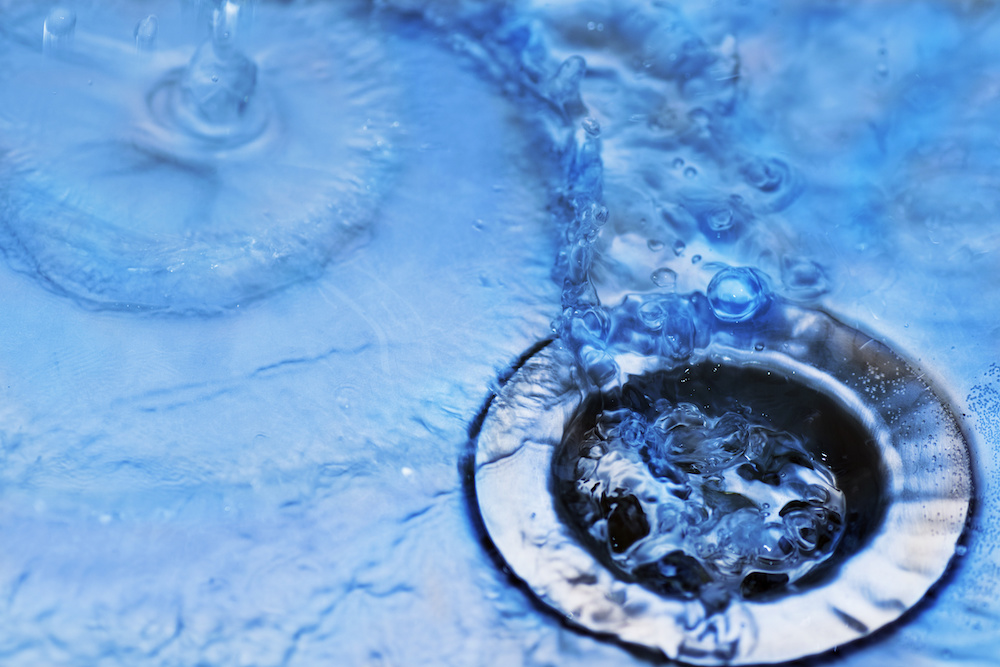Do I Need Drain Cleaning?

Ace Plumbing has been around long enough to know that businesses and homes in Sacramento take many different forms. The plumbing they contain, on the other hand, has more areas in common than you’d think, since aside from a few small additions (like drain traps and other specialty plumbing apparatus) the differences are mostly in scale rather than kind. That means that they also share some of the same problems in common, one of the biggest being drainage and drain cleaning. Here’s how we identify and fix many common clogs.
Clog Sources
Drains are most commonly located in sinks and tubs, but those aren’t the only locations or types of drains. Garbage disposals and floor drains are also common, for instance. And the most common sources of clogs will vary from location to location. The kinds of clogs encountered in a kitchen — whether it’s in your home, a kitchen, or a commissary — will most commonly be caused by fats, grease, and food debris. Floor drains suffer clogs from dirt, lawn debris, pet hair, and other gunk tracked into a home or business. And bathroom drains are often clogged by hair, but from hard water buildup to soaps, hair products, and other personal care products, other things have a way of sneaking into those drains as well.
Clog Solutions
Because clogs arise from a number of different causes, there’s no one-size-fits-all solution. Some clogs, like hair in a shower drain, are easily addressed with an auger. Others (like toothpaste caps, Q-tips, wedding rings, and other obstructions) can be addressed by clearing out the drain trap. But some clogs sneak up on you, because like cholesterol in your arteries, they build up over time. Cooking grease, fat, and other food debris will gradually choke off your pipes, and while grease traps and drain cleaners can make a dent in the problem, they’re not a cure-alls (especially if you’re a property manager with careless tenants, or if your business involves food service). That’s when we turn to hydro-jetting, which uses 4,000 psi of water to literally scour the clogs out of your pipes.
What If It’s Not the Drains?
Not all clogs or slow drainage are signs of a problem in your drains. There are two other problems that can cause either slow drainage or bad smells.
Sewer Line Issues
The same things that clog and accumulate in your drains can also cause your sewer lines to clog. We got a vivid reminder of this when a fatberg the size of several double-decker buses was found in the London sewer system. But grease and debris aren’t the only sources of sewer problems. Damaged or blocked mains, root incursions, and other phenomena are all too common, so if we’re not finding an obvious drain problem we’ll often conduct a video inspection to rule out your sewers.
Backflow
Ideally, drains should flow in one direction only, taking wastewater out of and away from your home or business. Modern plumbing systems have backflow prevention valves to ensure that wastewater doesn’t back up and potentially cross-contaminate potable water. However, like anything else in plumbing, these valves can corrode, clog, or fail, and the state of California requires their repair to be carried out by a certified backflow technician like you’d find at Ace Plumbing.
Some plumbing problems are blessedly straightforward. Drainage isn’t always, which is why we suggest getting in touch with Contact Ace Plumbing if you have drainage problems in your home or business. We’re always a phone call away!



